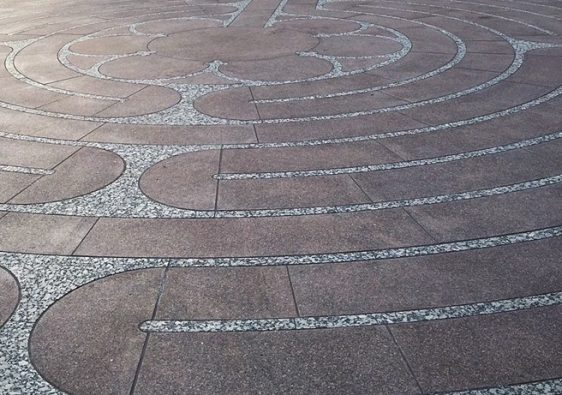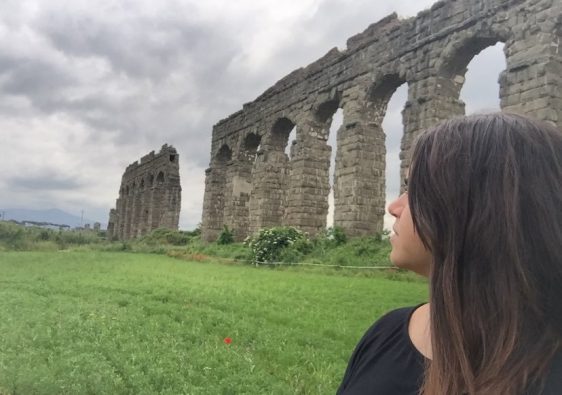
Humans have been building monuments since at least the Ice age with the creation of the Lion Man of Hohlenstein Stadel. Landmarks like the Leshan Giant Buddha in China, the Moai statues on Easter Island, the Great Sphinx in Egypt, and the long destroyed Colossus of Rhodes statue in Greece were erected for a multitude of purposes, but all were created by humans to bring attention to something, and therefore had to be large and difficult to miss. The same idea was used in the late 1800s and early 1900s in the United States with the popularization of roadside attractions.
The first roadside attraction is thought to be Lucy the Elephant, located in Margate, NJ and completed in 1881. Lucy was the thought child of James C. Lafferty who had the idea to use her to attract potential real estate customers to Atlantic City. Lucy is 6 stories tall with a spiral staircase that allows visitors to climb through her hollow belly. Lafferty’s real estate office was originally located in the elephant’s stomach, and over the years she has been a hotel, restaurant, bar, ice cream parlor, and more. In 1976 she was even declared a Historic Landmark by the National Park Service. I have not yet been to see Lucy personally, but she is high on my bucket list.

More landmarks came with the increased accessibility of the automobile in the early 1900s and the expansion of the US highway system in the 1950s. American automobile culture surged and families had access to greater and more frequent travel than ever before. These landmarks were built to attract these passer byers. Businesses and communities started competing with each other to hold the title of “World’s Largest <blank>.” The Guinness Book of World Records was first published in 1955 and featured many roadside attractions, bringing flocks of tourists to see things like the World’s Largest Ball of Twine and the World’s Largest Bottle of Catsup. The popularity of earning these titles encouraged more communities to erect oddities as marketing tools to bring in travelers. Some communities even have long feuds over who has the largest oddity, like the World’s Largest Rocking Chair and the World’s Largest Frying Pan, each of which have at least 6 towns involved in the rivalry.
But while we tend to think of roadside attractions as iconically American, other countries have followed suit. From Canada to Poland, and Vietnam to Chile, roadside attractions are now a global experience. So while you could see the Sydney Opera House on a trip to Australia, you could also try something more unique and check out the world’s biggest Ugg boots.

While roadside attractions lost popularity in the late 1950s with the Federal-Aid Highway Act, there are many organizations and individuals (like me :)) who are dedicated to the preservation and revitalization of these historical attractions. In this time, where immediate satisfaction is demanded and entertainment standards are almost impossible to meet, there are many of us who hope to see these oddities make a comeback. I personally hope to see people develop an appreciation for some of the simpler, more affordable, and fun things our communities have to offer. Not everyone will believe this, and I know that younger Courtney would have never, but I have found over the past few years that I prefer some of the more unique attractions to the traditional. So while I will continue to see the things like the “top 10 attractions” in whatever place I am traveling, and I will also continue to travel to countries and communities outside of my own, I also really love finding new adventures in familiar places.
I hope that you will join me. Let’s get lost!




